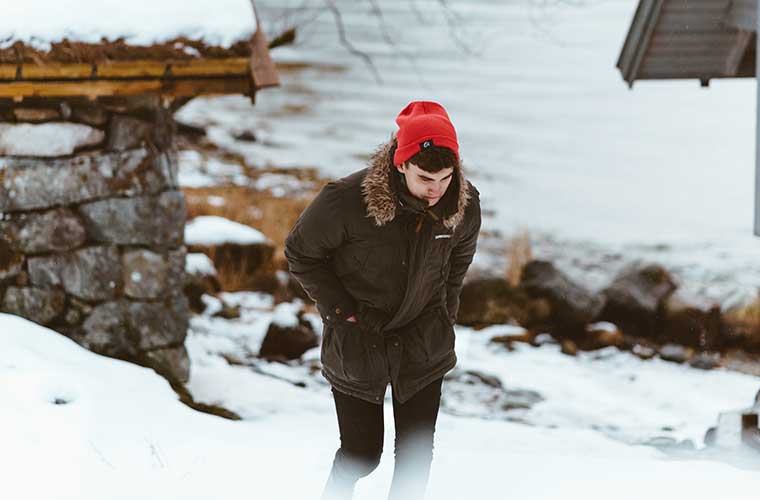Tips for surviving a snowstorm in the open air, car or insulated shelter

In winter, the climate changes radically and we can observe how the mountains, villages, towns, cities and streets are painted white in just a few minutes. In short, a beautiful landscape that is possible to see only at certain times of the year and in certain countries of the world.
However, the beautiful snowflakes that adorn the mountains and forests can also be chilling, not only because of what they represent but also because of how they originate and what they can cause.
When the winter season is in full swing, we must be prepared to face the harsh weather in a fun, enjoyable and safe way, whether in the mountains, in the car, on a walk or at home. It is therefore essential to follow a few tips on how to survive a snowstorm. Here are some recommendations.
Snowstorm in a camp
Are you prepared for a snowstorm at a campsite? Every hiker should know the basic requirements for survival in such an event: a cooking kit, adequate food, emergency signage and a good snow combo. winter clothingexcessive cold can cause hypothermia.
A tent prepared for adverse weather would be the most appropriate, four-season would be ideal, although the low temperatures and strong winds would prevent a comfortable stay, so it would probably be best to briefly manage another shelter warmer, it would be more convenient.
In case the snowstorm comes as a surprise, it may be useful to use a snow shovel that could be used to make a snow cave, and put us in the shelter of a makeshift bivouac. Of course, to make a snow cave, you must have the basic knowledge; a poorly made snow cave will have a high risk of collapse and thus a worse danger.
Snowstorm in the car
Being caught in a snowstorm in the car is dangerous. However, as mountain enthusiasts, we drive in places where there is a risk of heavy snowfall during the winter season. However, mountain weather often gives no warning and you can be caught out by a heavy snowstorm in your car on your way to or from a hike, a skiing trip or your photo shoot. If this happens, you can stop your vehicle. and wait for the snow plough or rescue to arrive. It is recommended to hang cloths or conspicuous objects on the ground.ve to make yourself visible and easy to find. Moving the car at intervals could be considered, but with great caution, so that you can avoid being the exhaust pipe is clogged and you are affected by carbon monoxide.. We can go outside, remove the snow and facilitate the release of gases outside.
You should also keep moving, i.e. move your feet, hands, turn around, etc., to keep the blood flowing and not fall into a state of hypothermia.
In winter, include warm clothes and a blanket among the essentials you carry in the car.
Snowstorm at home or in a shelter
There are different types of snowstorms and depending on their intensity, they can be dangerous. If you are in a shelter, you should have some resources that will allow you to cope better with this event.
In the event of a major storm, it is very likely that the electricity serviceFor this reason, it is necessary to provide for some form of alternative heating which, with the appropriate precautions, will allow the temperature to be somewhat lowered.
It is very useful to use of cookers and fireplaces and if you use them constantly, make sure you always have a good bundle of firewood at hand to allow you to build a fire, including cooking food. The use of paraffin lamps can be a bit dangerous, so it is recommended to keep them out of the reach of children.
Water pipes are also often at risk of freezing. Keeping them insulated so that they are not affected by changing weather is a good idea, as they sometimes freeze and there is a high risk that they could explode.
Keeping taps slightly open is advisable in these cases, as is making sure that everyone knows where the main water inlet is located so that it can be shut off in case a pipe bursts.
Allowing light in during the mornings ensures some warmth. At night it is best to cover the windows to keep the heat inside the shelter.. It is also advisable to be located in a single room to generate heat and close off the rest of the spaces in the house.
The hydration is essential despite the cold, as well as good nutrition to ensure body warmth. Adequate clothing is also necessary, a good coat will keep you acclimatised.
READ ALSO:
- What do I need to know to avoid hypothermia?
- How to camp in the snow: tips to survive a cold night >>
Don't miss any adventure in the Pyrenees!
